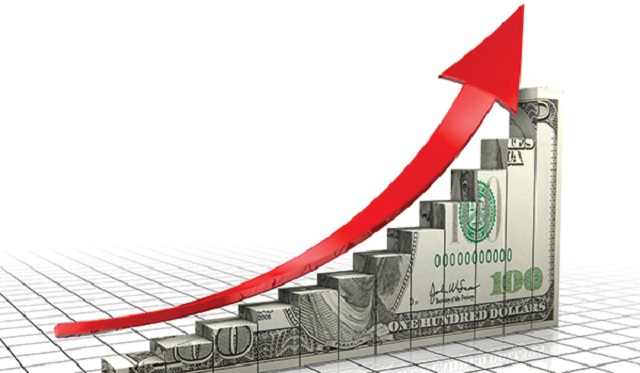‘Negative inflation to persist’

Oliver Kazunga, Senior Business Reporter
LOW aggregate demand due to depressed production in the manufacturing sector continues to constrain the country’s inflation rate in the negative territory, economic analysts said.
Latest figures from the Zimbabwe National Statistics Agency (Zimstat) indicate that the year-on-year inflation rate for January as measured by the all items Consumer Price Index (CPI) stood at -2,19 percent from the December 2015 rate of -2,47 percent.
The figures show that the country’s inflation, which went into deflation last year had gained 0,29 percentage points but remains on the negative side.
Deflation is when the rate of inflation goes below zero.
“The year-on-year inflation rate for the month of January 2016 as measured by the all items CPI stood at -2.19 percent, gaining 0.29 percentage points on the December 2015 rate of -2.47 percent,” said Zimstat.
“This means that prices as measured by all the items CPI decreased by an average of -2.19 percentage points between January 2015 and January 2016.”
The statistics watchdog said month-on-month inflation rate in January 2016 was -0.05 percent having gained 0.06 percentage points in December 2015 from -0.11 percent.
“This means that prices as measured by the all items CPI decreased at an average rate of -0.05 percent from December 2015 to January 2016,” it said.
In separate interviews, economic experts called on the government to develop strategies to stimulate productivity in the manufacturing sector so that aggregate demand is improved.
“Since last year, the country has been experiencing deflation, a worst phenomenon in any given economy compared to inflation.
“It’s not surprising that Zimbabwe continues to experience deflation because there’s no aggregate demand.
“Consumers have stopped demanding certain products as they (products) aren’t available on the market,” said Bongani Ngwenya, a business studies lecturer at Solusi University.
“At the moment our economy is sick. We need a situation to generate aggregate demand and that’ll happen if the productive sector starts producing.”
He said aggregate demand was on the low because a number of workers in the private sector had become redundant as industries were struggling to improve their operations due to a myriad of challenges that they continue to face.
According to the Confederation of Zimbabwe Industries manufacturing sector survey report released last year, capacity utilisation shifted to 34,3 percent from 36,6 percent in 2014.
This was largely due to liquidity constraints, intermittent power supplies, antiquated equipment as well as competition from imported products.
Another economic commentator Mercy Shumba warned the deflationary environment would not be sustainable in the long run.
“Deflation has serious repercussions and implications than hyperinflation.
“This (deflation) is being compounded by depressed production in the manufacturing sector that has seen a glut of imported products from countries such as South Africa.
“The government needs to ensure that the influx of imported products is controlled while at the same time looking at measures aimed at stimulating productivity in the manufacturing sector,” she said.
Shumba said there was a need for the government to come up with policies to stimulate investment to allow resuscitation of companies.
“It’s also pleasing to note that the government last week gazetted the Joint Ventures Agreement Act, which from an economic point of view is premised on resuscitation of companies to create employment through joint ventures,” she said.
Peter Mhaka said the deflationary environment was likely to persist going forward unless fundamentals such as production levels in the local manufacturing sector are improved.
“On the outlook, the deflationary environment is likely to persist unless fundamentals to increase production levels in industries are improved.
“Productivity can be improved if challenges such as power supply and liquidity constraints are addressed,” he said.








Comments